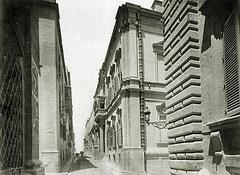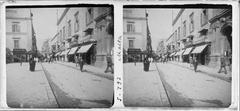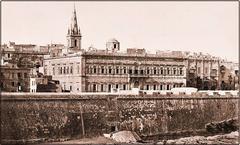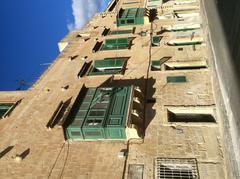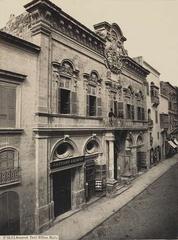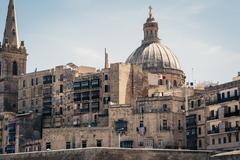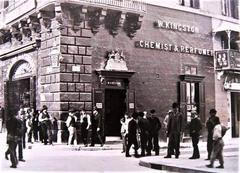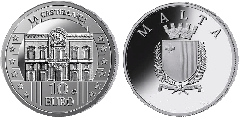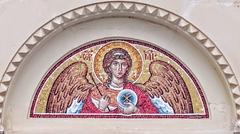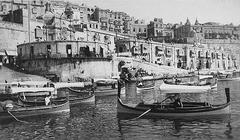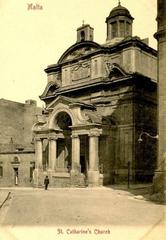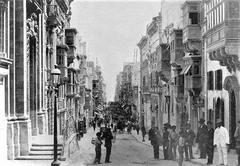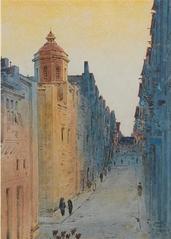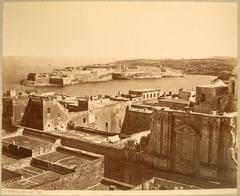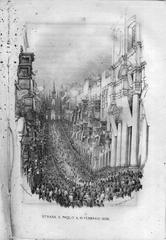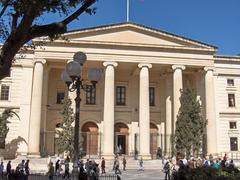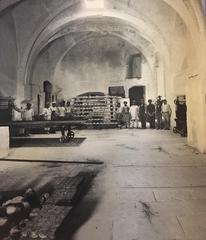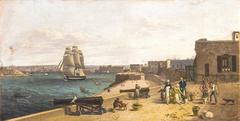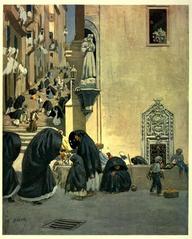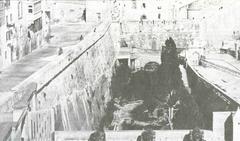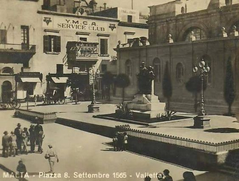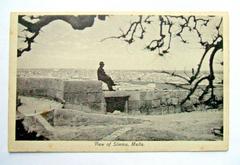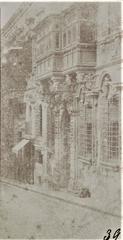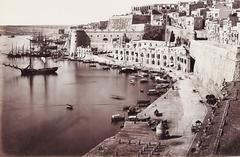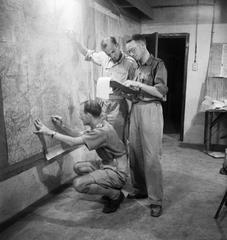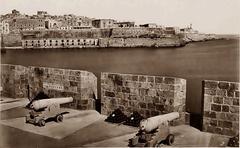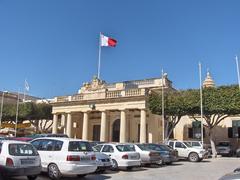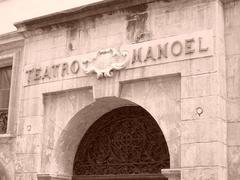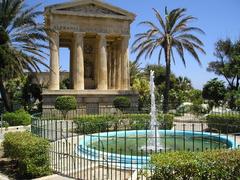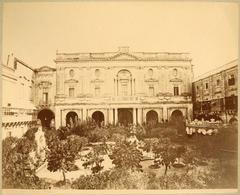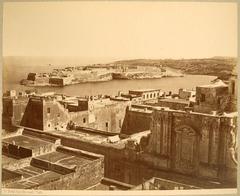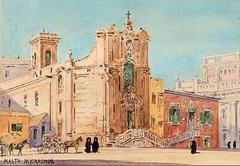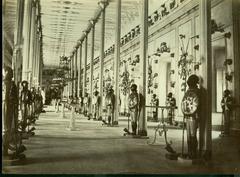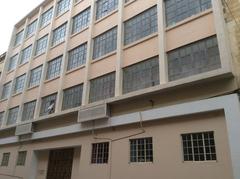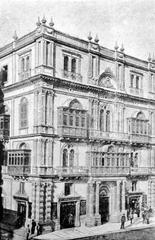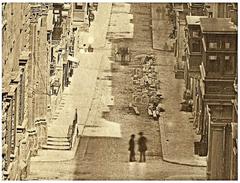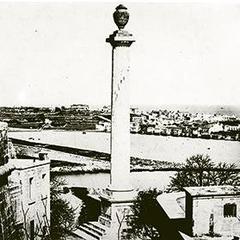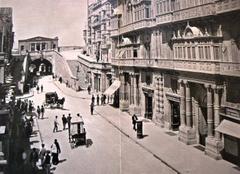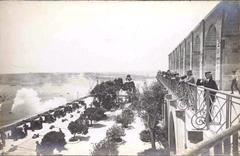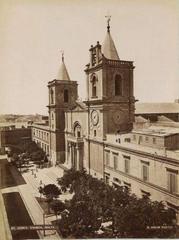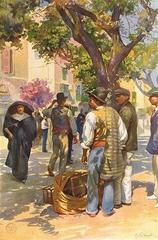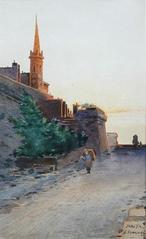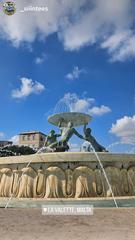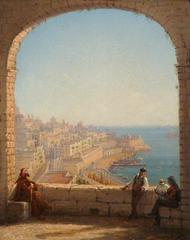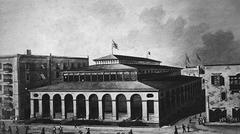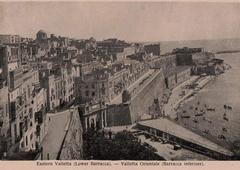Visiting the Archbishop’s Palace Valletta, Malta: Tickets, Hours, and Tips
Date: 15/06/2025
Introduction
Nestled in the heart of Valletta, Malta’s UNESCO World Heritage capital, the Archbishop’s Palace is a distinguished emblem of the island’s ecclesiastical heritage and architectural grandeur. Commissioned in the early 17th century by Baldassare Cagliares, Malta’s first native-born bishop, and designed by the renowned architect Tommaso Dingli, the palace showcases a harmonious blend of Renaissance and Baroque styles. As both a historic landmark and an active center of the Archdiocese of Malta, the palace offers rare glimpses into Maltese religious history, artistic traditions, and civic life.
While access is typically reserved for special cultural events such as Notte Bianca or announced open days, visitors are rewarded with the chance to explore the palace’s stunning halls, art collections, and serene gardens. Recent EU-supported restoration projects have further preserved its splendor, ensuring that this architectural gem endures for generations to come.
For the latest details on public openings, visiting hours, and travel tips, consult the Archdiocese of Malta’s official website or reputable travel guides like Church Trails Malta and GuideMeMalta.
Table of Contents
- Introduction
- Historical Background
- Architecture and Artistic Features
- Expansion and Restoration
- Role in Maltese Religious and Civic Life
- Visiting Information
- Highlights and Notable Features
- Nearby Attractions
- Preservation Efforts
- Frequently Asked Questions (FAQ)
- Conclusion
- References
Historical Background
The Archbishop’s Palace, originally known as the Bishop’s Palace, was commissioned in 1622 by Bishop Baldassare Cagliares. Construction was completed in 1631, reflecting the evolving architectural tastes of the era. The palace’s location and structure were influenced by Valletta’s hilly terrain, with the piano nobile (main floor) fronting Archbishop Street and additional floors descending toward St. Christopher Street (churchtrailsmalta.com).
The palace quickly became the residence and administrative headquarters of Malta’s bishops, playing a pivotal role in the island’s religious and civic affairs. Over the centuries, it has hosted dignitaries, church leaders, and state officials, cementing its place as a cornerstone of Maltese identity (wikipedia.org).
Architecture and Artistic Features
Exterior
The palace is a prime example of Renaissance design, later enriched with Baroque additions. Its façade, inspired by late 16th-century Italianate architecture, is characterized by smoothly dressed corner pilasters and an elegant loggia, a feature added in the 18th century by Bishop Paul Alphéran de Bussan. The grand entrance is marked by Ionic columns, a concave reredos with a statue symbolizing Christianity, and the coat-of-arms of Archbishop Michael Gonzi, commemorating both the palace’s foundation and later enhancements (churchtrailsmalta.com; wikipedia.org).
Interior
Inside, the palace combines residential quarters with administrative and ceremonial spaces. Notable features include the oratory dedicated to Saint Joseph, richly decorated halls, and a celebrated art collection. The portrait of Bishop Paul Alphéran de Bussan by Francesco Zahra, Malta’s preeminent 18th-century artist, is among the highlights (church.mt). The Tribunal Chancery preserves historic cabinets and original ceiling paintings, reflecting the palace’s role as a judicial center.
Gardens and Vaults
The palace boasts one of Valletta’s largest private gardens, featuring citrus trees and a 17th-century fountain. Underground cisterns and a historic vault, fed by a natural spring, underscore the innovative design adapted to Valletta’s scarce water resources (church.mt).
Expansion and Restoration
Throughout its history, the Archbishop’s Palace has undergone significant expansion and restoration:
- In 1730, Baroque elements—including the loggia—were added, enhancing its grandeur and suitability for formal receptions.
- The first storey, left incomplete due to disputes with the Order of St. John, was finally finished in the 20th century under Archbishop Mikiel Gonzi, with architect Vincenzo Bonello overseeing the project (accidentallywesanderson.com).
- Most recently, a comprehensive restoration completed in 2024 revitalized the palace’s façade, masonry, and woodwork, supported by EU co-funding and national authorities. The restoration not only stabilized the structure but also restored its aesthetic brilliance (GuideMeMalta; TVM News).
Role in Maltese Religious and Civic Life
The Archbishop’s Palace has always been at the heart of Malta’s religious administration, serving as the official residence and central office for the archbishops. It houses the Archivum Archiepiscopalis Melitensis (AAM), which preserves vital ecclesiastical records. The palace also functions as a venue for major religious and civic ceremonies, a testament to its enduring relevance (GuideMeMalta).
Today, while it no longer serves as the archbishop’s residence, the palace remains home to the Archdiocese’s Judicial Tribunal and continues to play a central role in Malta’s spiritual and administrative life (GuideMeMalta).
Visiting Information
Visiting Hours and Tickets
- Regular Access: The palace is not open to the public on a daily basis due to its administrative role.
- Special Events: Public access is granted during special occasions, most notably Valletta’s Notte Bianca festival, when the palace is open between 6:30 p.m. and 10:30 p.m. Check the Archdiocese’s website and Visit Malta for up-to-date announcements.
- Tickets: Entry during public openings is generally free, with no standard ticketing system.
Accessibility
Due to its historic structure, some areas may be difficult to access for visitors with limited mobility. During special events, priority access is provided for persons with disabilities. Contact the organizers in advance to arrange specific accommodations (Archdiocese of Malta).
Getting There
The palace is centrally located on Archbishop Street, within walking distance of Valletta’s main bus terminus and ferry terminal. Public transport is recommended, as parking within the city is limited (Nomadic Matt).
Photography and Tours
Photography is generally allowed in exterior and garden areas but may be restricted inside, especially in rooms with sensitive artworks. Guided tours are sometimes offered during open days; check event guidelines for details.
Highlights and Notable Features
- Throne Room: The ceremonial heart of the palace, adorned with period furnishings and notable artworks.
- Tribunal Chancery: Features historic cabinets and ceiling paintings reflecting the palace’s judicial legacy.
- Citrus Garden: A tranquil, lush space—unique in Valletta’s urban core.
- Historic Vault: An underground chamber with freshwater springs, demonstrating the palace’s self-sufficiency.
- Art Collection: Includes the distinguished portrait of Bishop Paul Alphéran de Bussan by Francesco Zahra.
Nearby Attractions
The Archbishop’s Palace is ideally situated for a broader exploration of Valletta’s historical riches:
- St. John’s Co-Cathedral
- Grand Master’s Palace
- Upper Barrakka Gardens
- MUŻA – The National Community Art Museum
- National Museum of Archaeology
- Public roof garden by Tetsuo Kondo (thespaces.com)
A full day in Valletta allows visitors to experience Malta’s cultural and architectural highlights in close proximity.
Preservation Efforts
Recent restoration, completed in 2024, was made possible through a €225,000 investment, with significant funding from the European Fund for Regional Development (GuideMeMalta; TVM News). The project focused on cleaning, repairing, and replacing stonework, as well as preserving the palace’s façade and structural integrity. These efforts underscore Malta’s dedication to safeguarding its cultural treasures for future generations.
Frequently Asked Questions (FAQ)
Q: What are the visiting hours of the Archbishop’s Palace Valletta?
A: The palace opens to the public only during special events, typically from 6:30 p.m. to 10:30 p.m. Please check official announcements for exact dates (Archdiocese of Malta).
Q: Is there an entrance fee?
A: Entrance is usually free during public openings.
Q: Is the palace wheelchair accessible?
A: Some areas have limited accessibility, but priority is given to visitors with disabilities during special events.
Q: Are guided tours available?
A: Guided tours are offered during certain open days; check official sources for schedules.
Q: Can I take photos inside the palace?
A: Photography is permitted in some areas, but restrictions may apply in rooms with artworks or archives.
Conclusion
The Archbishop’s Palace in Valletta stands as a living testament to Malta’s spiritual legacy, architectural evolution, and cultural vitality. While regular access is limited, special public openings provide a unique opportunity to discover its remarkable interiors, lush gardens, and priceless art. Visitors are encouraged to plan their visits around these events and to explore the wealth of nearby historic sites for a truly enriching experience.
For the latest updates on visiting hours and events, consult the Archdiocese of Malta’s website, reputable travel platforms, or the Visit Malta calendar. Download the Audiala app for curated travel guides and follow our channels for real-time updates on Malta’s cultural heritage.
References and Official Sources
- Visiting the Archbishop’s Palace in Valletta: History, Hours & Tips – Church Trails Malta
- Archbishop’s Palace Valletta: Visiting Hours, Tickets, and Historical Guide – Wikipedia & Church Trails Malta
- Restoration Works on Archbishop’s Palace in Valletta Now Complete – TVM News
- Fully Revitalised Façade of the Archbishop’s Palace in Valletta Restored – GuideMeMalta
- The Archbishop’s Palace Opens Its Doors for Notte Bianca – Archdiocese of Malta
- Valletta Guide: Top Historical Sites and Cultural Experiences – Visit Malta
- A Guide to Valletta’s Religious Heritage – Voyage Tips
- A Guide to Valletta’s Creative Scene – The Spaces
- Nomadic Matt’s Malta Travel Guide
- Heritage Malta 2025 Calendar of Events
